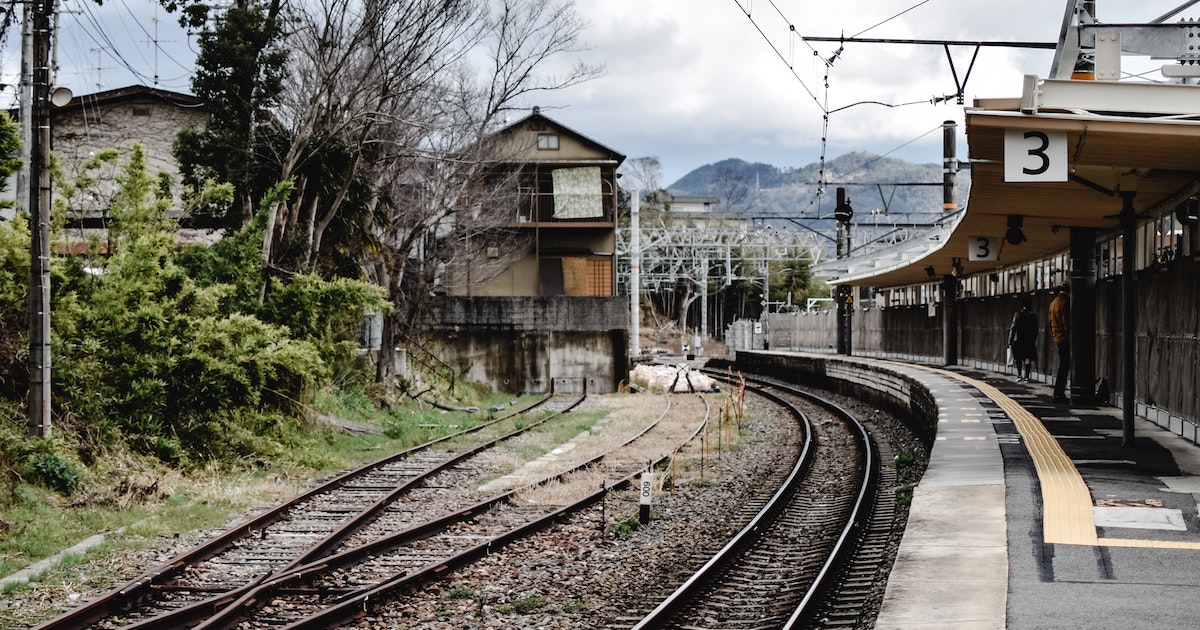Sustainable Railway Infrastructures: Health Monitoring, Assessment and Maintenance
A special issue of Applied Sciences (ISSN 2076-3417). This special issue belongs to the section "Transportation and Future Mobility".
Deadline for manuscript submissions: closed (20 March 2025) | Viewed by 20833

Special Issue Editors
Interests: UAV-based automatic railway inspection; fault diagnosis; prognostics and health management
Special Issues, Collections and Topics in MDPI journals
Interests: intelligent perception and fault diagnosis; risk analysis and emergency command; image intelligent analysis
Special Issues, Collections and Topics in MDPI journals
Interests: reliability engineering; maintenance; maintainability analysis; virtual maintenance; maintenance strategy
Special Issues, Collections and Topics in MDPI journals
Special Issue Information
Dear Colleagues,
In the past few decades, as an important industry to promote economic development and regional exchanges, railways, including high-speed railways, have undergone a considerable period of large-scale construction and have grown significantly. However, since the railway networks in operation become more and more complex, a great challenge is to perform efficient health monitoring, assessment and maintenance of large-scale railway infrastructures in order to ensure the safe operation and sustainable use of railways. In recent years, with the development of various dynamic monitoring and sensing methods, it is urgent to integrate these new technologies into the railway field to improve the existing railway safety assurance capabilities. At the same time, in the context of artificial intelligence and big data, a large amount of data accumulated in the long-term railway operation process can be fully mined to provide stronger support for future railway safety operations.
This Special Issue aims to review the latest research progress and advanced engineering applications in the field of railway safety operation. Submissions of conceptual, empirical and literature review papers focusing on this field are all encouraged. Different types and algorithms in this area are welcome in this Special Issue.
Dr. Zhipeng Wang
Prof. Dr. Yong Qin
Dr. Jie Geng
Guest Editors
Manuscript Submission Information
Manuscripts should be submitted online at www.mdpi.com by registering and logging in to this website. Once you are registered, click here to go to the submission form. Manuscripts can be submitted until the deadline. All submissions that pass pre-check are peer-reviewed. Accepted papers will be published continuously in the journal (as soon as accepted) and will be listed together on the special issue website. Research articles, review articles as well as short communications are invited. For planned papers, a title and short abstract (about 250 words) can be sent to the Editorial Office for assessment.
Submitted manuscripts should not have been published previously, nor be under consideration for publication elsewhere (except conference proceedings papers). All manuscripts are thoroughly refereed through a single-blind peer-review process. A guide for authors and other relevant information for submission of manuscripts is available on the Instructions for Authors page. Applied Sciences is an international peer-reviewed open access semimonthly journal published by MDPI.
Please visit the Instructions for Authors page before submitting a manuscript. The Article Processing Charge (APC) for publication in this open access journal is 2400 CHF (Swiss Francs). Submitted papers should be well formatted and use good English. Authors may use MDPI's English editing service prior to publication or during author revisions.
Keywords
- railway infrastructures
- fault diagnosis
- health monitoring
- health assessment
- maintenance
- reliability
- automatic inspection
Benefits of Publishing in a Special Issue
- Ease of navigation: Grouping papers by topic helps scholars navigate broad scope journals more efficiently.
- Greater discoverability: Special Issues support the reach and impact of scientific research. Articles in Special Issues are more discoverable and cited more frequently.
- Expansion of research network: Special Issues facilitate connections among authors, fostering scientific collaborations.
- External promotion: Articles in Special Issues are often promoted through the journal's social media, increasing their visibility.
- Reprint: MDPI Books provides the opportunity to republish successful Special Issues in book format, both online and in print.
Further information on MDPI's Special Issue policies can be found here.







